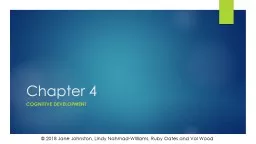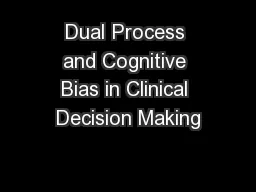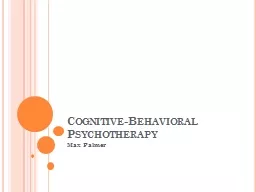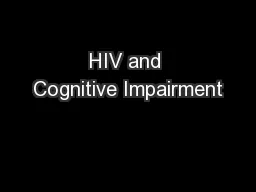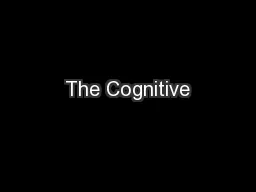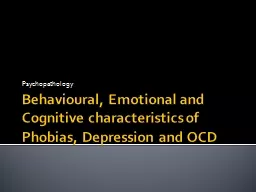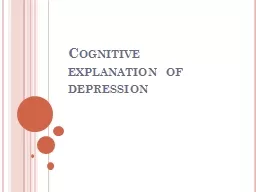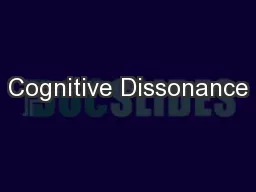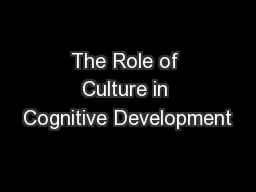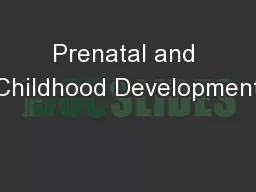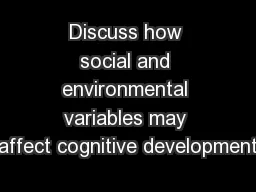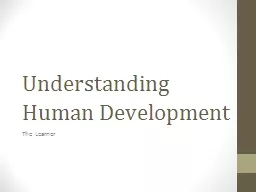PPT-Chapter 4 Cognitive development
Author : greyergy | Published Date : 2020-08-03
Figure 41 The brain Source NatthapongSachan Shutterstockcom Figure 42 Planning for the study of childrens cognition NOW YOU CAN BEGIN Have you checked everything
Presentation Embed Code
Download Presentation
Download Presentation The PPT/PDF document "Chapter 4 Cognitive development" is the property of its rightful owner. Permission is granted to download and print the materials on this website for personal, non-commercial use only, and to display it on your personal computer provided you do not modify the materials and that you retain all copyright notices contained in the materials. By downloading content from our website, you accept the terms of this agreement.
Chapter 4 Cognitive development: Transcript
Download Rules Of Document
"Chapter 4 Cognitive development"The content belongs to its owner. You may download and print it for personal use, without modification, and keep all copyright notices. By downloading, you agree to these terms.
Related Documents

